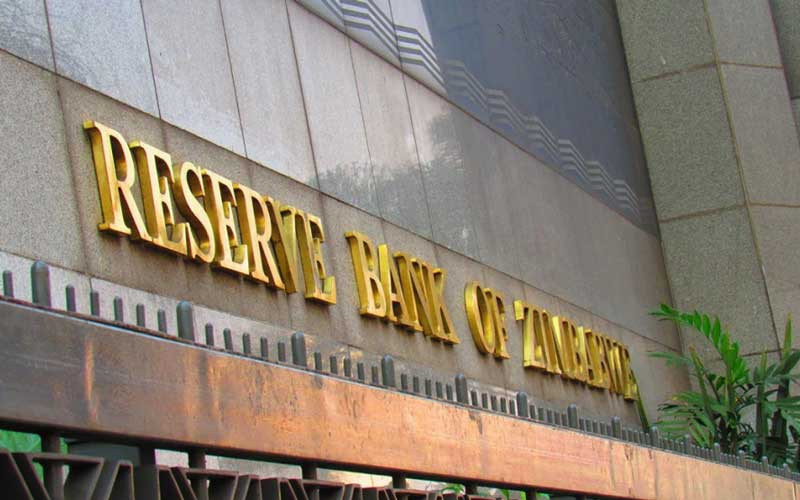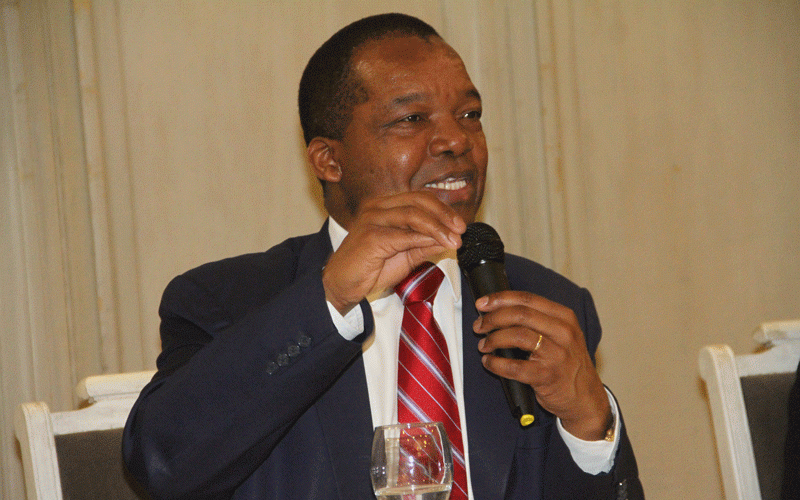
THE Reserve Bank of Zimbabwe (RBZ) yesterday slashed its policy rate further to 140%. The policy rate had been pegged at 150% at the beginning of the year, from 200% before.
Analysts said the move, will bring immediate relief to industries, who had been forced to stop crucial investments due to high borrowing costs.
Still, at 140%, the rate remained too high, according to Tapiwa Sibanda, head of research as Trade Winds, who suggested that 80% could be give firms headroom.
In February of this year, the bank policy rate was lowered from 200% to 150% annually to better reflect the inflation forecast.
For the productive sectors, including individuals and micro, small and medium-sized enterprises (MSMEs), the lending rate on the medium-term bank accommodation facility was lowered from 100% per annum to 75% yesterday.
“We are reducing the bank policy rate further this week, starting with April 01, 2023,” RBZ governor John Mangudya told a meeting of directors yesterday, before following up with a monetary policy committee statement.

“We met as a monetary policy committee (MPC) on Tuesday and we agreed unanimously that the fundamentals of this economy are right and that we reduce the bank policy rate from 150% to 140%.
“We want to reduce the 75% lending rate on the medium-term bank accommodation Facility for the productive sectors from 75 to 70%. Our medium-term projection is that the economy is in the right direction%,” Mangudya told delegates attending the Institute of Directors Zimbabwe (IoDZ) meeting.
- Mangudya speaks on banks’ stability
- Mangudya speaks on banks’ stability
- Monetary measures spur exchange rate stability: RBZ
- RBZ blocks Harare US dollar charges
Keep Reading
He stated that by making this cut, the RBZ was reacting to economic dynamics.
The MPC maintained statutory reserves requirements at 10% for demand and call deposits and 5% for time and savings deposits for both domestic and foreign currency deposits.
It maintained the minimum deposit rates on savings and time deposits at 30% and 50% per annum, respectively. Further, it liberalised the foreign exchange market to enhance the operation of the willing-buyer willing-seller market by increasing and standardising the trading margins for authorised dealers from the current 5% to 10%, consistent with the margin applicable to bureaux de change and retailers.
Additionally, Mangudya disclosed that the financial sector in Zimbabwe had more US dollar stocks than local currency.
“We now have 70% of our deposits being a foreign currency, 30% being Zim dollars. Our position is that we need to borrow more in local currency and less in US dollars so that the banks can be able to maintain their liquidity positions in US dollars so that when the depositors want their money from banks, the money will be given to them because what will make banks collapse is liquidity. So, if all banks use that liquidity (USD) as loans to yourselves, it means that they will have taken depositors’ funds and given you,” Mangudya said.
The MPC noted with satisfaction that month-on-month inflation declined from 0,7% in January 2023 to -1,6% in February 2023 and 0,1% in March 2023.
Annual inflation also declined from 101,5% in January 2023 to 92,3% in February 2023 and further to 87,6% in March 2023 and is expected to continue on the disinflation path owing to the tight monetary policy stance and anticipated bumper harvest which is seen holding food prices in check.
The RBZ chief revealed that the country had received US$1,78 billion in foreign currency receipts in the first three months of this year, up 31% from the same time last year.
“The foreign currency is there and we expect much more this year. Last year, we received US$11,6 billion. This year we are expecting much more,” Mangudya said.
“We were pleasantly surprised that in the first three months of this year, our foreign currency has since gone up by 31% from last year's position of US$1,36 billion. We are now at US$1,78 billion.
“This is good. Therefore, the fundamentals are right and now we have lithium. This is before lithium. On lithium we are going to start exporting it this month.”
Mangudya said high foreign currency receipts have resulted in a sustained current account surplus since 2019.
The RBZ indicated that the local currency also continued to be widely used in the economy as shown by higher Real Time Gross Settlement (RTGS) transactions from October 2022 to February 2023, compared to US dollar transactions during the same period.
The central bank chief said credit in the economy remained robust to support the envisaged growth of 3,8% in 2023.










